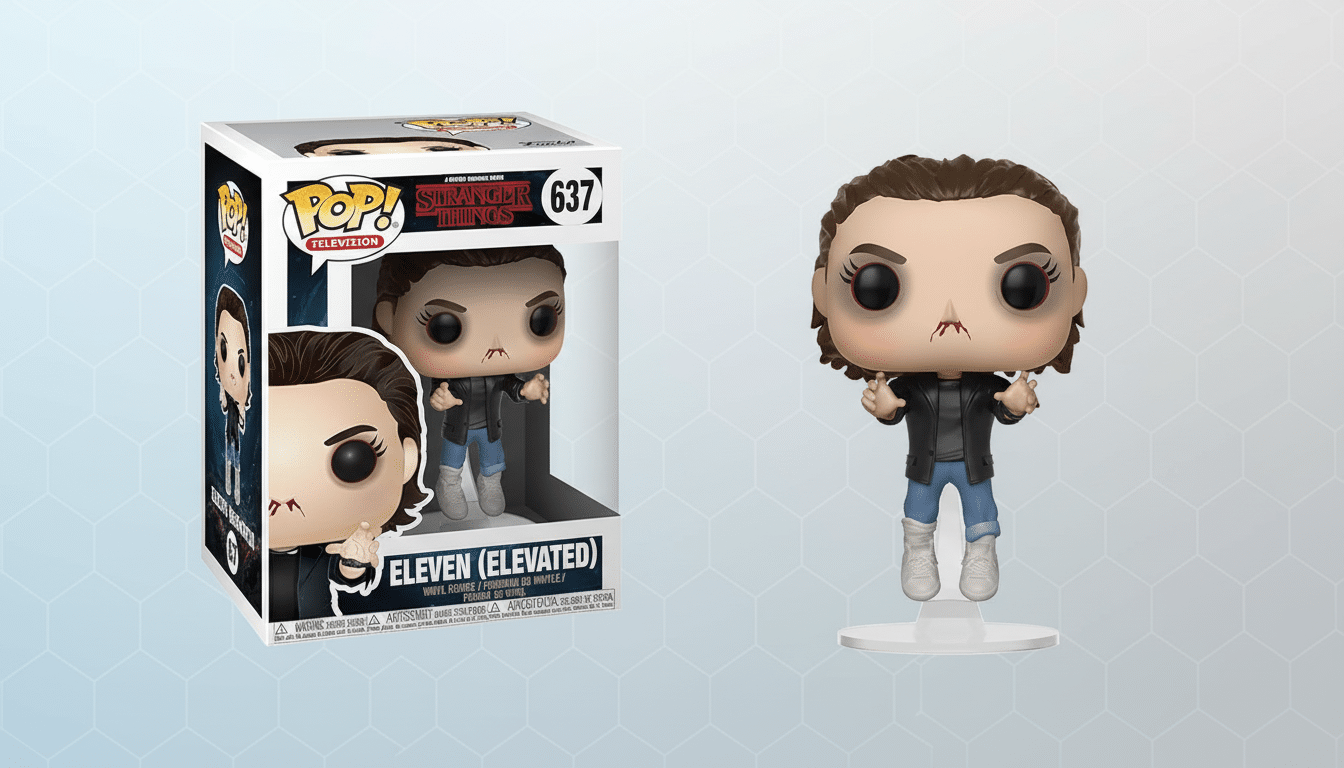Funko, the pop-culture collectibles company that owns Pop! figures, has cautioned investors that it might fail to keep running the business as a “going concern,” citing in its latest SEC filing that there is “substantial doubt” about its survival. The company said that a challenging retail environment, increased costs associated with tariffs on imported goods, and pressure from debt covenants represented significant risks. It warned it may have to raise new capital or renegotiate its loans in order to stave off default.
The warning coincides with a steep sales drop. Global revenue at Funko fell 14.3 percent year over year in the quarter, while sales in the United States dropped 20.1 percent. While there were a smattering of bright spots, the broader tone points toward a business still working through excess inventory, weaker demand, and tougher financing.

Going-concern language raises serious questions
“Substantial doubt” wording is rare, and serious. It means that auditors and management cannot currently prove that liquidity will be adequate in the next 12 months without further steps. In plain English, Funko needs to perform a fix — pronto — by trimming costs further, reducing its debt load, or boosting sales enough to generate the cash it requires and satisfy lenders.
Funko announced covenant waivers from its lenders but cautioned that satisfying future conditions is unclear.
That uncertainty is exacerbated by higher rates, which also increase the cost of borrowing against credit facilities that many rely on to finance seasonal inventory and new product cycles.
Debt, tariffs, and retailer pullbacks constrain sales
Several forces have converged. First, tariffs on Chinese imports — where much of the toy and collectibles supply chain is based — have driven up Funko’s landed costs. Many other consumer goods, which were swept up in Section 301 trade actions, face duties of as much as 25%, and industry lawsuits challenging segments of those tariffs have wound their way to the Supreme Court’s docket. And, even if policy changes eventually come down the line, what’s happening now is that retailers are facing higher costs that are proving hard to pass on as shoppers trade down.
Second, with the pandemic-era boom in collectibles having turned to a glut, retailers have been cutting inventory aggressively. That destocking is reflected in order cancellations, smaller replenishments, and more conservative planograms, particularly at specialty chains and mall-based stores. This ripple effect means that, regardless of how many licenses it holds, Funko is selling in more slowly.
It’s been clear for months. In 2023, Funko announced that it would write off and in some cases dispose of tens of millions of dollars’ worth of excess inventory to pare down storage costs — an ominous indication that the post-boom reset was going to be a painful process. Since then, industry trackers, including Circana, have documented multi-quarter softness in toys and collectibles, suggesting that this is not a company-specific problem but a category-wide slowdown.

Bright spots emerge, but the cushion remains slim
Funko said its Bitty POP! line is exceeding expectations, and it intends to lean further into “blind box” formats that encourage multiple purchases. It also expects strong demand for K-pop Demon Hunters licensed merchandise during the holiday window. Those are meaningful near-term levers to pull, particularly in a business fueled by fan excitement and impulse purchasing.
Still, licensing is inherently hit-driven. When film slates move, streaming calendars slim down, or retailers cut back collectibles space, sell-through can get a little unstable. Funko’s extensive license roster, ranging from superheroes to anime, is intended to diversify risks, but the company’s core revenue stream — its figures’ iconography — remains subject to pop culture cycles and in-store positioning at key retail partners.
How Funko could stabilize the business amid pressure
That usually comes down to liquidity and confidence. In terms of liquidity, Funko can leverage an equity raise, sell off non-core assets, do additional SKU rationalization, and drive more sales direct-to-consumer to help margins. It might even speed up moves to diversify suppliers to Vietnam, India, or Mexico in order to alleviate tariff exposure along a path that a number of toy makers have followed over the past few years.
Confidence requires the company to have cleaner shelves and better accuracy with its forecasts. That means tighter allocations, shorter production runs on niche lines, and an emphasis on franchises with proven year-round velocity rather than just one-shot hype. Retail collaborations could require rethought terms that equitably distribute the demand risk and minimize the likelihood of expensive returns or markdown support.
Warnings of “going concern” are not a certain predictor of bankruptcy. Some consumer brands have made it through with fresh capital and sharper execution, others — including Party City and Bed Bath & Beyond — ultimately have not. For Funko, the next several quarters will depend on how much cost cuts, financing relief, and a more rational release cadence can outrun the softer demand and tariff-inflated expenses.
What it means for collectors and retailers
Collectors can anticipate more focused drops, a heavier reliance on perennial brands, and sporadic clearance waves as retailers maximize space. Preorders could have a longer lead time because wholesalers are playing it safe and not committing to too much. Niche lines may grow increasingly rare, while mainstream figures are a dime a dozen.
For retailers, Funko’s warning is one more sign of the need to handle collectibles with surgical precision. The fate of the company will probably be determined by the interplay between holiday performance, access to capital, and how quickly it can adjust its production to actual demand. Until then, the brand that made fandom a wall of boxes will face its greatest shelf challenge yet.

